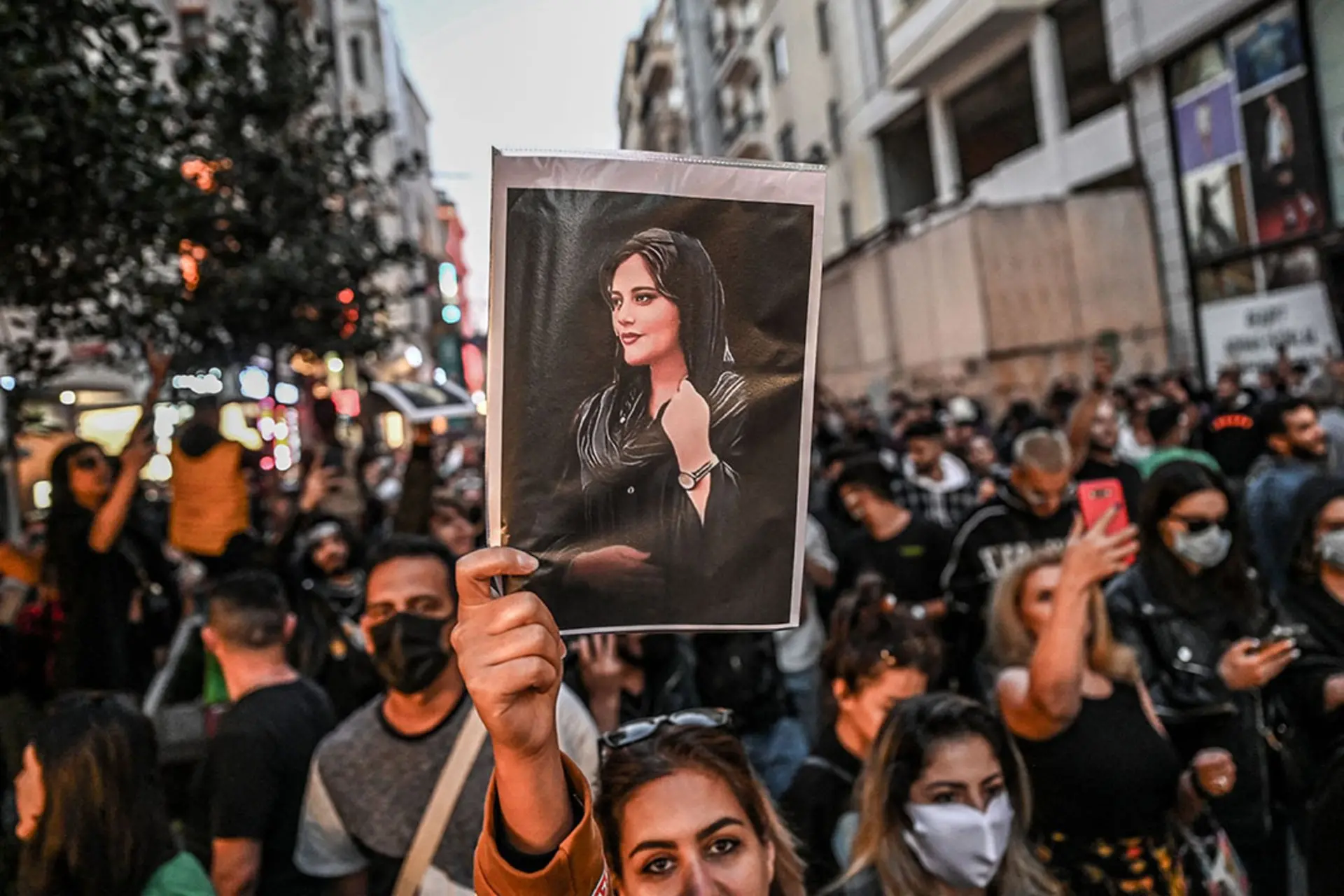In the Islamic Republic of Iran, a single strand of hair slipping out from under a woman’s mandatory veil can unleash a nightmare of state-sanctioned violence. The regime’s morality police, known as the Gasht-e Ershad, patrol the streets with ruthless zeal, targeting women for even the slightest deviation from the strict dress code imposed under Iran’s theocratic laws. A loose hijab, a glimpse of hair, or a moment of defiance can result in women being kidnapped, beaten, or even killed. The chilling reality is that this oppression is often enforced not just by men, but by women who have been indoctrinated into upholding the regime’s brutal ideology.
Reports from inside Iran paint a harrowing picture. Women are routinely dragged off the streets into unmarked vans, where they face humiliation, physical abuse, or worse. In 2022, the death of Mahsa Amini, a 22-year-old woman arrested for “improper hijab,” sparked nationwide protests after she died in custody, allegedly from injuries sustained during a brutal beating. Her case, though widely publicized, is far from isolated. Activists and eyewitnesses report countless similar incidents, with many victims silenced or erased from public view. The regime’s grip on media and information ensures these atrocities are often buried, while dissenters face imprisonment or execution.

What makes this system even more insidious is the role of women within it. Female enforcers, often members of the Basij militia or morality police, are tasked with policing their own gender. These women, conditioned by decades of propaganda and fear, patrol public spaces, scrutinizing other women’s attire and behavior. They report violations, assist in arrests, and sometimes participate in the violence. This internalized oppression underscores the regime’s success in turning victims into enforcers, perpetuating a cycle of control and submission.
Meanwhile, the hypocrisy of global leftist movements adds another layer of tragedy. Parties and organizations, particularly in the West, rake in thousands of dollars monthly by pushing narratives that frame Gaza and Palestine as the epicenter of human rights abuses. Yet, they remain conspicuously silent on Iran’s atrocities. The Islamic regimes in these regions, including Iran and Hamas-controlled Gaza, enforce strict theocratic laws that stifle free expression, crush dissent, and systematically oppress women and minorities. Homosexuality, for instance, is punishable by death in Iran, with public executions documented as recently as 2021. In Gaza, under Hamas’ rule, gay individuals face imprisonment, torture, or extrajudicial killings. These realities are rarely acknowledged by those who claim to champion human rights, exposing a selective outrage driven by political agendas and financial incentives.
The silence of these leftist groups is deafening. By ignoring the plight of Iranians—particularly women and marginalized groups—they implicitly condone the regimes’ actions. The obsession with Gaza and Palestine, often fueled by misinformation campaigns that gloss over Hamas’ own human rights abuses, diverts attention from the broader pattern of oppression across Islamic theocracies. In Iran, the population lives as hostages to a regime that uses religion as a weapon to control every aspect of life, from clothing to speech to sexuality. The same can be said of Gaza, where Hamas’ authoritarian rule suppresses dissent and enforces strict Islamic codes, yet this is rarely scrutinized by those who profit from the narrative of perpetual victimhood.

The bravery of Iranian women, who risk their lives to defy the regime, stands in stark contrast to the cowardice of those who turn a blind eye. Activists continue to smuggle out images and videos, documenting the regime’s brutality despite the constant threat of retaliation. These visuals, often grainy and raw, serve as a lifeline to the outside world, a desperate plea for recognition and support. Yet, the international community’s response remains tepid, overshadowed by politicized narratives that prioritize certain causes over others.
The women of Iran deserve better. They deserve a world that sees their struggle, hears their cries, and refuses to let their suffering be drowned out by selective activism or geopolitical games. Until then, every stray hair, every act of defiance, remains a battle cry against a regime that thrives on fear and silence.



















































